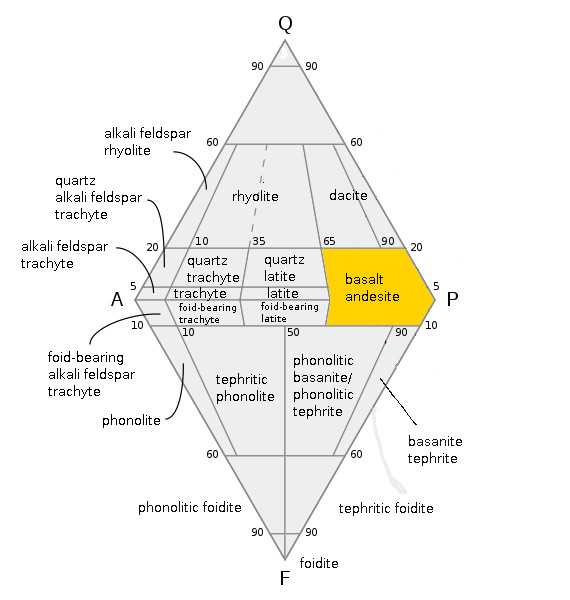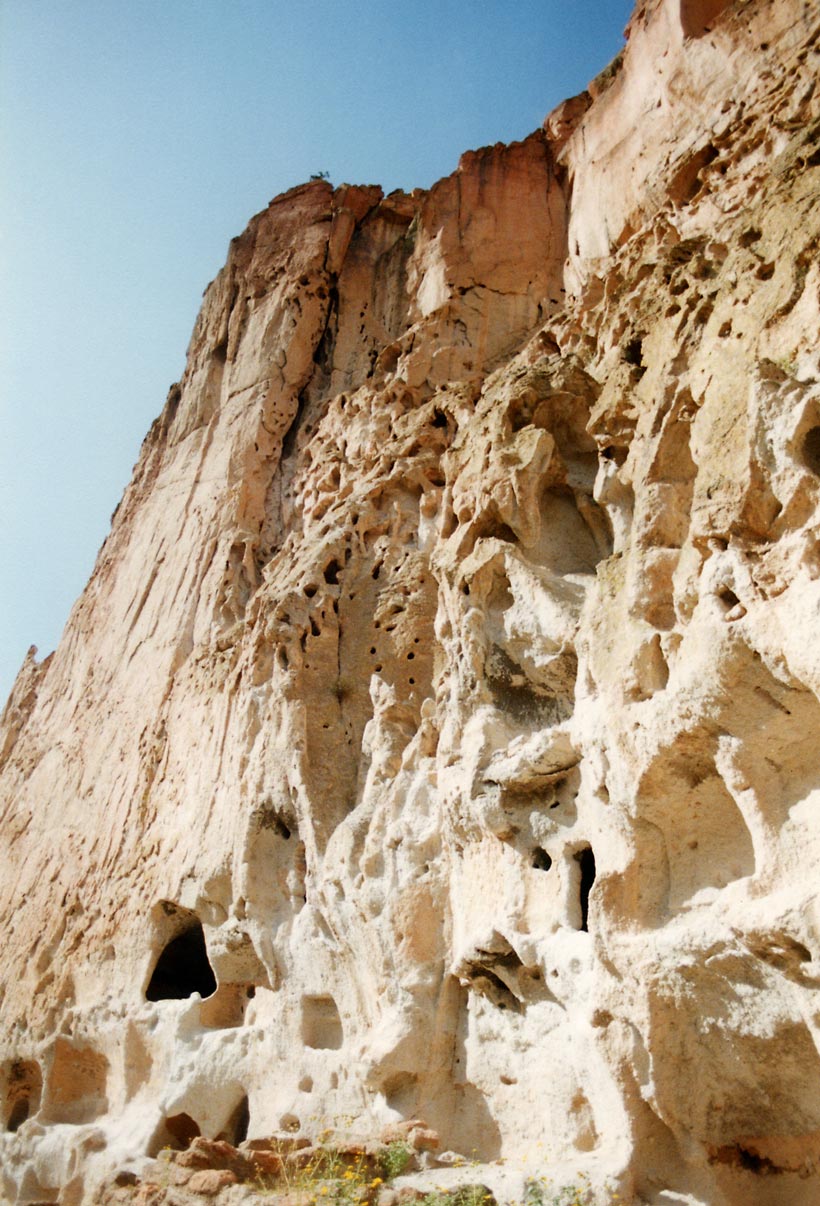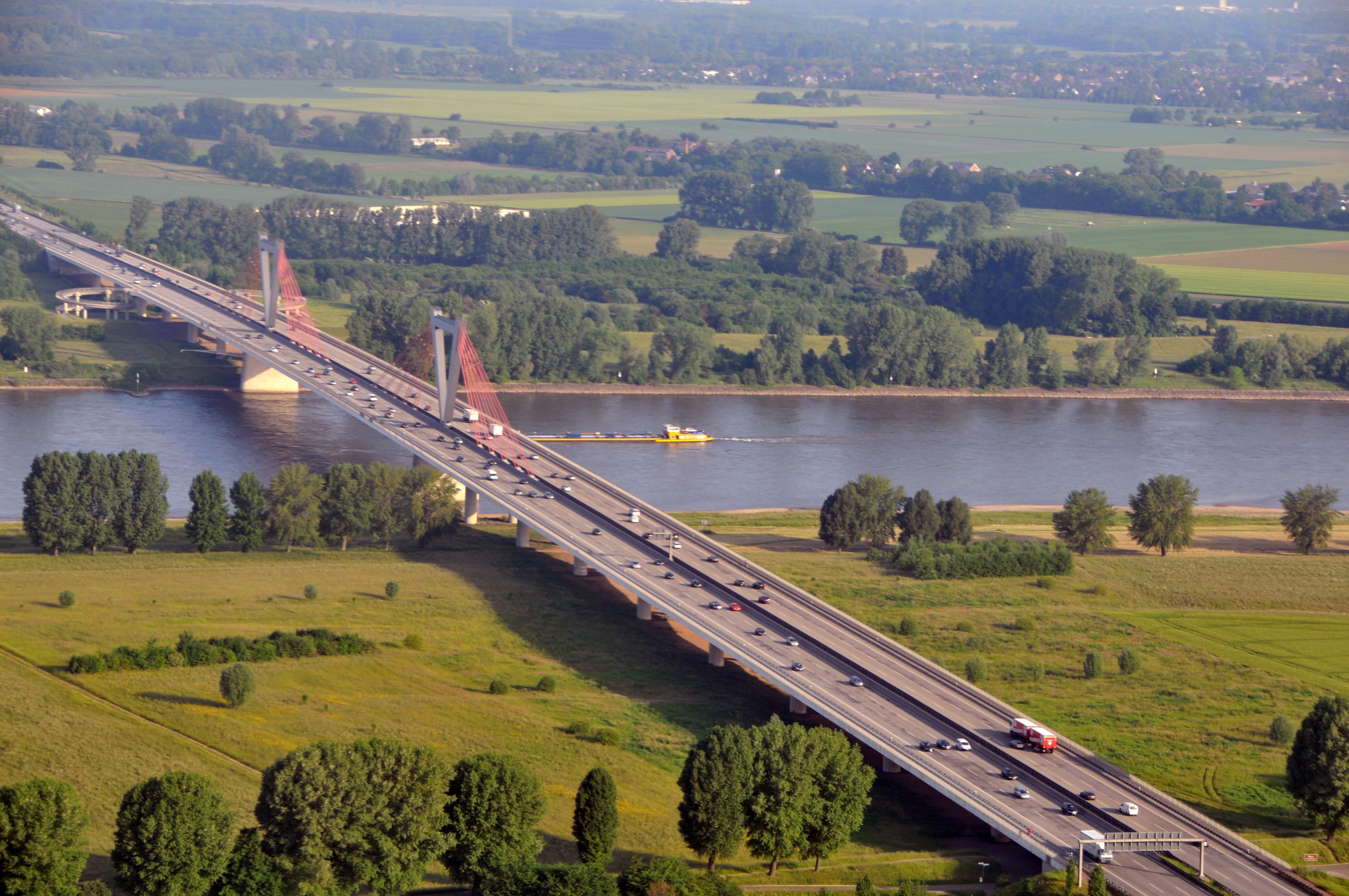|
Hoher Dörnberg
Hoher Dörnberg is a high hill in Hesse, Germany. It is 579 metres (1900 ft) high. It is located in the Habichtswald around 11 km (7 mi) northwest of the city of Kassel in Kassel district. Geography The Dörnberg belongs to the town of Zierenberg and the parish of Habichtswald, both located in the district of Kassel. The Kassel Calden Airport Kassel Airport (formerly ''Kassel-Calden Airport'', German ''Flughafen Kassel'') is a minor international airport serving the German city of Kassel in the state of Hesse. It is located west of Calden, northwest of Kassel and is mainly used f ... is located about 6 km (4 mi) to the northeast. Geology The Dörnberg mostly consists of basalt and tuff. History The Dörnberg was first populated in the 3rd millennium BC. In 1910, shards of iron were found at the mountain. In the valley between Hoher and Kleiner Dörnberg, Blumenstein Castle existed in 13th and 14th century. Traffic situation The ... [...More Info...] [...Related Items...] OR: [Wikipedia] [Google] [Baidu] |
Hesse
Hesse (, , ) or Hessia (, ; german: Hessen ), officially the State of Hessen (german: links=no, Land Hessen), is a States of Germany, state in Germany. Its capital city is Wiesbaden, and the largest urban area is Frankfurt. Two other major historic cities are Darmstadt and Kassel. With an area of 21,114.73 square kilometers and a population of just over six million, it ranks seventh and fifth, respectively, among the sixteen German states. Frankfurt Rhine-Main, Germany's second-largest metropolitan area (after Rhine-Ruhr), is mainly located in Hesse. As a cultural region, Hesse also includes the area known as Rhenish Hesse (Rheinhessen) in the neighbouring state of Rhineland-Palatinate. Name The German name '':wikt:Hessen#German, Hessen'', like the names of other German regions (''Schwaben'' "Swabia", ''Franken'' "Franconia", ''Bayern'' "Bavaria", ''Sachsen'' "Saxony"), derives from the dative plural form of the name of the inhabitants or German tribes, eponymous tribe, the Hes ... [...More Info...] [...Related Items...] OR: [Wikipedia] [Google] [Baidu] |
Germany
Germany,, officially the Federal Republic of Germany, is a country in Central Europe. It is the second most populous country in Europe after Russia, and the most populous member state of the European Union. Germany is situated between the Baltic and North seas to the north, and the Alps to the south; it covers an area of , with a population of almost 84 million within its 16 constituent states. Germany borders Denmark to the north, Poland and the Czech Republic to the east, Austria and Switzerland to the south, and France, Luxembourg, Belgium, and the Netherlands to the west. The nation's capital and most populous city is Berlin and its financial centre is Frankfurt; the largest urban area is the Ruhr. Various Germanic tribes have inhabited the northern parts of modern Germany since classical antiquity. A region named Germania was documented before AD 100. In 962, the Kingdom of Germany formed the bulk of the Holy Roman Empire. During the 16th ce ... [...More Info...] [...Related Items...] OR: [Wikipedia] [Google] [Baidu] |
Kassel
Kassel (; in Germany, spelled Cassel until 1926) is a city on the Fulda River in northern Hesse, Germany. It is the administrative seat of the Regierungsbezirk Kassel and the district of the same name and had 201,048 inhabitants in December 2020. The former capital of the state of Hesse-Kassel has many palaces and parks, including the Bergpark Wilhelmshöhe, which is a UNESCO World Heritage Site. Kassel is also known for the '' documenta'' exhibitions of contemporary art. Kassel has a public university with 25,000 students (2018) and a multicultural population (39% of the citizens in 2017 had a migration background). History Kassel was first mentioned in 913 AD, as the place where two deeds were signed by King Conrad I. The place was called ''Chasella'' or ''Chassalla'' and was a fortification at a bridge crossing the Fulda river. There are several yet unproven assumptions of the name's origin. It could be derived from the ancient ''Castellum Cattorum'', a castle of the ... [...More Info...] [...Related Items...] OR: [Wikipedia] [Google] [Baidu] |
Kassel (district)
Kassel district (German: Landkreis Kassel) is a district in the north of Hesse, Germany. Neighboring districts are Northeim, Göttingen, Werra-Meißner, Schwalm-Eder, Waldeck-Frankenberg, Höxter. The independent city of Kassel is nearly completely surrounded by the district. Geography The main river in the district is the Weser, which also forms part of the eastern boundary. Its headstream, the Fulda, flows through the southern part of the district including the city of Kassel. In the north of the district there is the Diemel as a tributary of the Weser. History The area was first populated by the ancient Germanic tribe of Chatti, who later founded the state of Hesse. The present county was disputed between various principalities (Hesse, Mainz, Paderborn, Cologne and Braunschweig) in the early Middle Ages; later it became part of Hesse and Hesse-Kassel. This state was annexed by Prussia in 1866 . The modern federal state of Hesse was founded after 1945. This state reformed its ... [...More Info...] [...Related Items...] OR: [Wikipedia] [Google] [Baidu] |
Zierenberg
Zierenberg is a town in the district of Kassel, in Hesse, Germany. It is located 19 km east of Bad Arolsen, and 15 km northwest of Kassel on the German Timber-Frame Road. Local council The elections from 06. March 2016 showed the following results: * CDU = 8 seats * SPD = 14 seats * FDP = 2 seats * UFW = 7 seats Mayors * Conrad Brede: 1856–1880 * Karl Kupferschläger: 1880–1911 * Wiegand Pitz: 1912–1933 * Wilhelm Schäfer: 1933–1945 * Heinrich Ledderhose: 1945–1948 * Konrad Bürgel: 1948–1956 * Rudi Walther: 1957–1972 * Georg Hildebrandt: 1972–1984 * Horst Buchhaupt: 1984–1990 * Jürgen Pfütze: 1991–2008 * Stefan Denn: 2009–2020 * since 2020: Rüdiger Gemeroth Notable people *Johann Jacob Friedrich Krebs, fraktur Fraktur () is a calligraphic hand of the Latin alphabet and any of several blackletter typefaces derived from this hand. The blackletter lines are broken up; that is, their forms contain many angles when compared to ... [...More Info...] [...Related Items...] OR: [Wikipedia] [Google] [Baidu] |
Habichtswald, Hesse
Habichtswald is a municipality in the district of Kassel, in Hesse, Germany. It is located 12 kilometers west of Kassel Kassel (; in Germany, spelled Cassel until 1926) is a city on the Fulda River in northern Hesse, Germany. It is the administrative seat of the Regierungsbezirk Kassel and the district of the same name and had 201,048 inhabitants in December 2020 .... References Kassel (district) {{Hesse-geo-stub ... [...More Info...] [...Related Items...] OR: [Wikipedia] [Google] [Baidu] |
Kassel Calden Airport
Kassel Airport (formerly ''Kassel-Calden Airport'', German ''Flughafen Kassel'') is a minor international airport serving the German city of Kassel in the state of Hesse. It is located west of Calden, northwest of Kassel and is mainly used for business and general aviation. There is also a flight school, an ultralight flying school, and a parachuting school based on site. History First airfield Built on farmland, ASL lying NNE of the Hoher Dörnberg, the airport was opened on 11 July 1970. It has been operated as a public–private partnership since 1991. New regional airport A completely new regional airport has been built next to the old airport to accommodate commercial chartered and scheduled carriers as well as the business and general aviation from the old airport. The new airport has officially opened on 4 April 2013 with the arrival of a Germania flight from Frankfurt Airport. The new airport faced several struggles when opened. The most important customer a ... [...More Info...] [...Related Items...] OR: [Wikipedia] [Google] [Baidu] |
Basalt
Basalt (; ) is an aphanite, aphanitic (fine-grained) extrusive igneous rock formed from the rapid cooling of low-viscosity lava rich in magnesium and iron (mafic lava) exposed at or very near the planetary surface, surface of a terrestrial planet, rocky planet or natural satellite, moon. More than 90% of all volcanic rock on Earth is basalt. Rapid-cooling, fine-grained basalt is chemically equivalent to slow-cooling, coarse-grained gabbro. The eruption of basalt lava is observed by geologists at about 20 volcanoes per year. Basalt is also an important rock type on other planetary bodies in the Solar System. For example, the bulk of the plains of volcanism on Venus, Venus, which cover ~80% of the surface, are basaltic; the lunar mare, lunar maria are plains of flood-basaltic lava flows; and basalt is a common rock on the surface of Mars. Molten basalt lava has a low viscosity due to its relatively low silica content (between 45% and 52%), resulting in rapidly moving lava flo ... [...More Info...] [...Related Items...] OR: [Wikipedia] [Google] [Baidu] |
Tuff
Tuff is a type of rock made of volcanic ash ejected from a vent during a volcanic eruption. Following ejection and deposition, the ash is lithified into a solid rock. Rock that contains greater than 75% ash is considered tuff, while rock containing 25% to 75% ash is described as tuffaceous (for example, ''tuffaceous sandstone''). Tuff composed of sandy volcanic material can be referred to as volcanic sandstone. Tuff is a relatively soft rock, so it has been used for construction since ancient times. Because it is common in Italy, the Romans used it often for construction. The Rapa Nui people used it to make most of the ''moai'' statues on Easter Island. Tuff can be classified as either igneous or sedimentary rock. It is usually studied in the context of igneous petrology, although it is sometimes described using sedimentological terms. Tuff is often erroneously called tufa in guidebooks and in television programmes. Volcanic ash The material that is expelled in a volcanic ... [...More Info...] [...Related Items...] OR: [Wikipedia] [Google] [Baidu] |
Bundesautobahn 44
is a German Autobahn. It consists of three main parts and a few smaller parts. It begins in Aachen at the German–Belgian border and ends near Kassel. Before the German unification it was an unimportant provincial motorway but after this event it became an integral part of the German highway system. The A 44 is a highly frequented link between the Rhine-Ruhr-Area and the new German states, especially Thuringia, and by proxy, eastern European states like Poland and Ukraine. History of construction The first section of this motorway which was opened was the connection between Aachen and the interchange Aachen. This was in 1963. Auxiliary runway for military aircraft The section Geseke-Büren was constructed as an auxiliary runway. This section is even and straight, without any constructions like bridges and the crash-barriers can be taken out. It was constructed to be a runway for US-military aircraft in a war with NATO's opponent, the Warsaw Pact. At both ends of t ... [...More Info...] [...Related Items...] OR: [Wikipedia] [Google] [Baidu] |
Bundesstraße
''Bundesstraße'' (German for "federal highway"), abbreviated ''B'', is the denotation for German and Austrian national highways. Germany Germany's ''Bundesstraßen'' network has a total length of about 40,000 km. German ''Bundesstraßen'' are labelled with rectangular yellow signs with black numerals, as opposed to the white-on-blue markers of the ''Autobahn'' controlled-access highways. ''Bundesstraßen'', like autobahns, are maintained by the federal agency of the Transport Ministry. In the German highway system they rank below autobahns, but above the ''Landesstraßen'' and ''Kreisstraßen'' maintained by the federal states and the districts respectively. The numbering was implemented by law in 1932 and has overall been retained up to today, except for those roads located in the former eastern territories of Germany. One distinguishing characteristic between German ''Bundesstraßen'' and ''Autobahnen'' is that there usually is a general 100 km/h (62 mph) s ... [...More Info...] [...Related Items...] OR: [Wikipedia] [Google] [Baidu] |
_1572.jpg)





